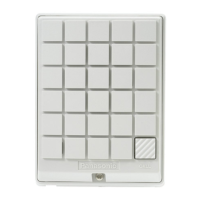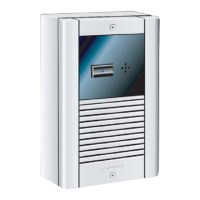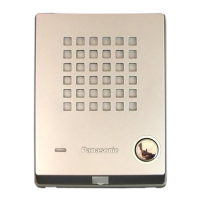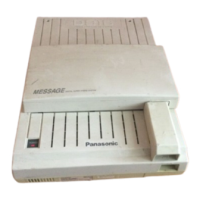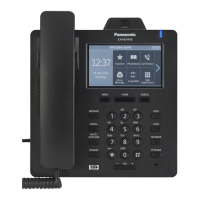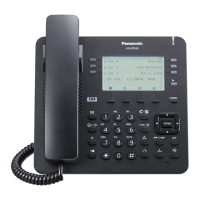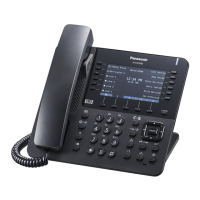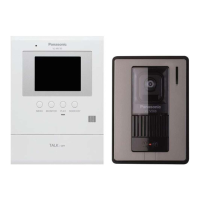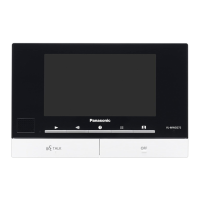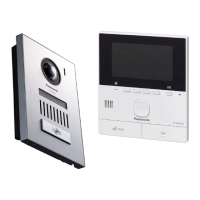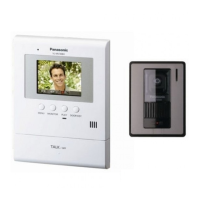How to troubleshoot a Panasonic PBX extension that does not operate?
- LLauren HolmesAug 18, 2025
If the extension on your Panasonic PBX isn't working, try these steps: * Exchange the extension card for one that is known to be working. * Test the phone by plugging it into a known good extension port with a short cord. If it works, repair the original connection. * Ensure phones with A-A1 relays have the switch set to "OUT" or "OFF". * Replace the phone if it doesn't work on a known good port. * If you've exceeded the capacity of the PBX, connect an additional AC adapter.
